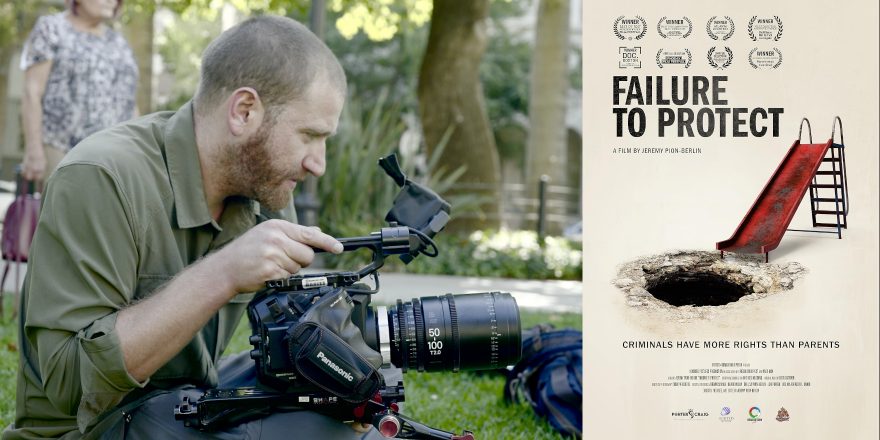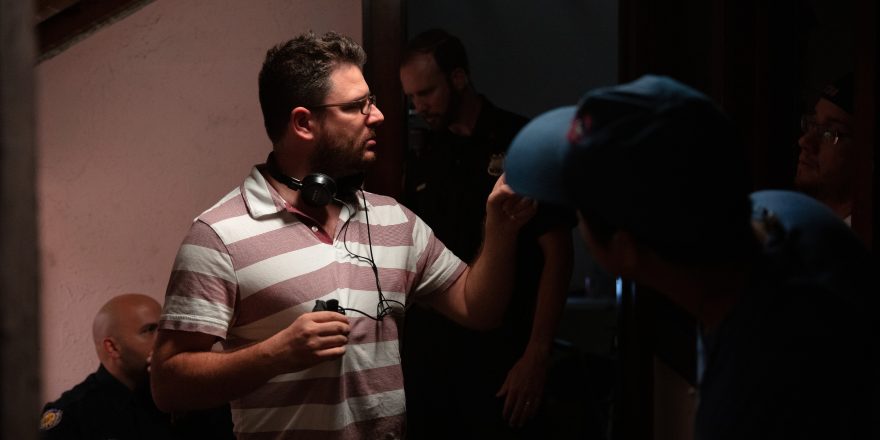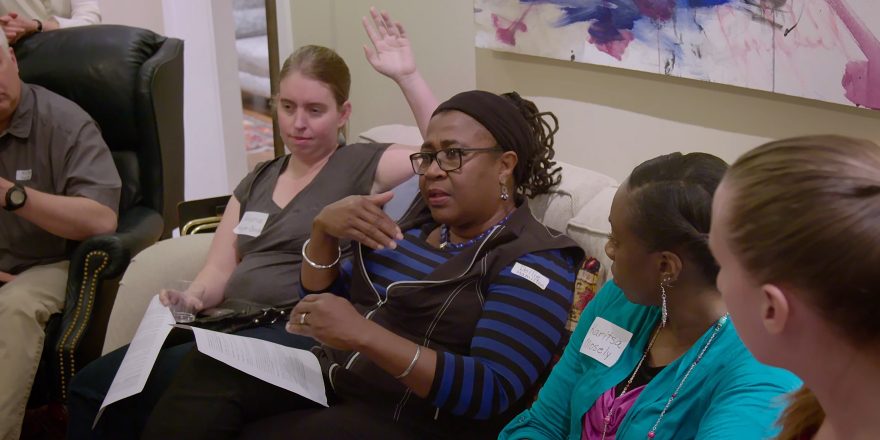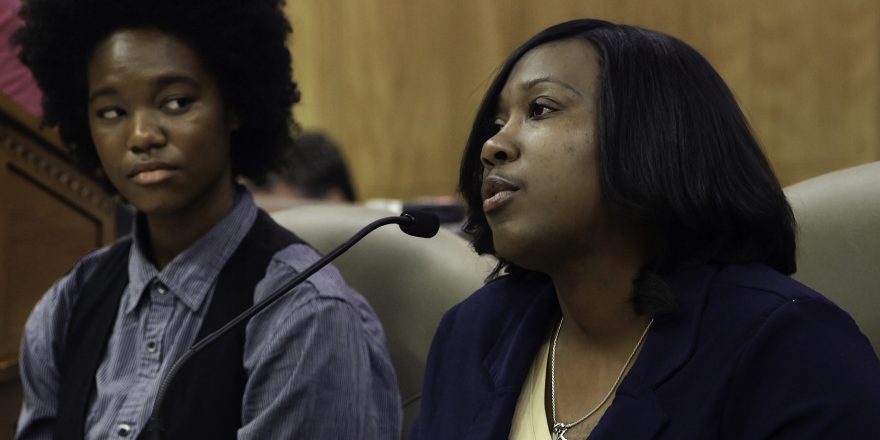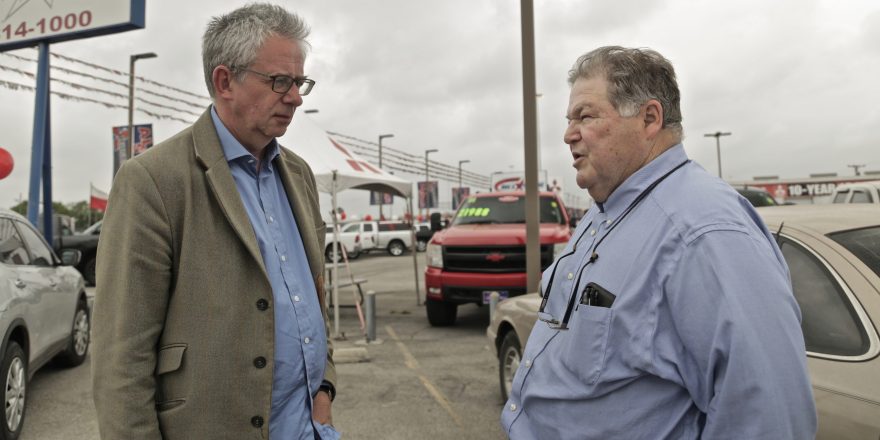Before I was even born, my connection to the child welfare system had already been forged. My mother, a compassionate soul who dedicated more than four decades of her life to social work, made this system an integral part of our family by speaking about the inequalities she saw inside child welfare. Growing up, the importance of her work was etched into my heart and soul.
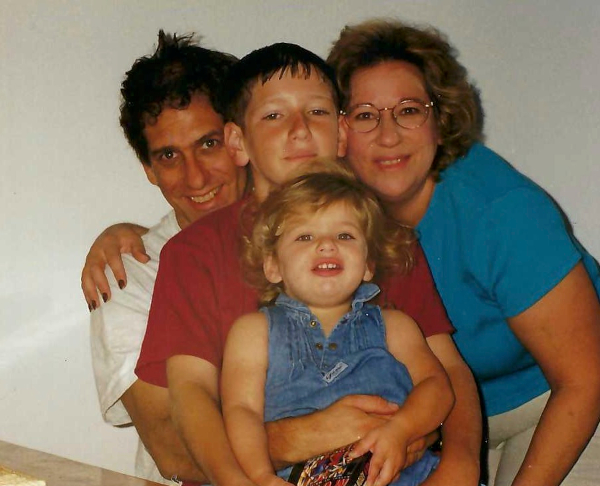
As I moved from childhood to adolescence, I started volunteering for her non-profit organization, Parents Anonymous. This nationwide group’s mission was to support parents and children navigating the labyrinthine child welfare system and provide court-appointed classes for those who had lost their children to foster care. The older I got, the closer I got to the heart of the matter. I found myself engaging with families from diverse socioeconomic backgrounds, races and religions, witnessing firsthand the heartaches and devastation inflicted by the Child Protective Services (CPS).
Then, around four years ago, a moment of reckoning occurred. I was creating videos for Parents Anonymous, capturing the personal stories of parents who had lost their children. At this point in my career I was directing and producing true crime TV for the Discovery Channel, and doing these types of side projects fueled my passion for more socially conscious content. I remember sitting each of these parents down in front of the camera and simply asking, “How did you get here? How did you lose your children?” The stories I heard were shockingly similar — tales of wrongdoing, all narrated by African-American, Latino or economically disadvantaged parents. That day, I walked out of the office inspired to tell these untold stories of parents.
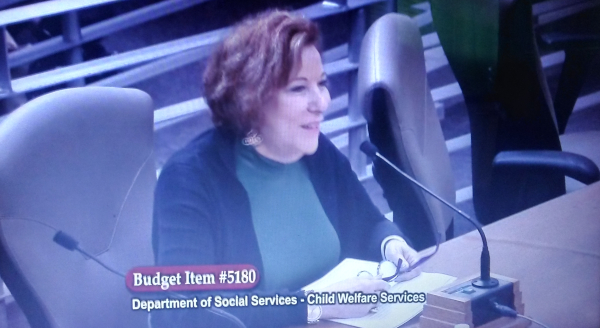
Through these intensely personal stories, I ventured into uncomfortable territory, asking challenging questions. Do parents who face personal struggles that compromise their children’s safety deserve a second chance? Is the CPS system biased against minorities, LGBTQIA+ couples and the economically disadvantaged? Does it prioritize the removal of children from their homes before fully understanding the situation? To look at these questions, I set out to create Failure to Protect, a documentary that would provide an unprecedented and in-depth look into the grim realities of the child welfare system, a perspective that often goes unnoticed.
The next phase of making Failure to Protect involved gaining access to a system shrouded in secrecy. To do this, I needed to connect with parents, attorneys, judges, children, social workers and more, which proved to be incredibly difficult, yet illuminating. It made me understand the struggles that families embroiled in the system must endure. Finding parents willing to share their stories was no easy feat. For families trapped in this system, it’s often the most terrifying and bewildering time of their lives, making it challenging to open up about their experiences. They are filled with fear and often have no idea where to turn. Building trust required time and patience, but through nurturing strong relationships, I eventually convinced a number of parents to share their stories on camera. This was an act of immense courage on their part, considering the potential consequences for their ongoing court cases. Parents that speak up are often perceived as being too outspoken, and social workers can limit their visitations with their children or delay their court hearings. This is all about the power and control the government has over people’s families.
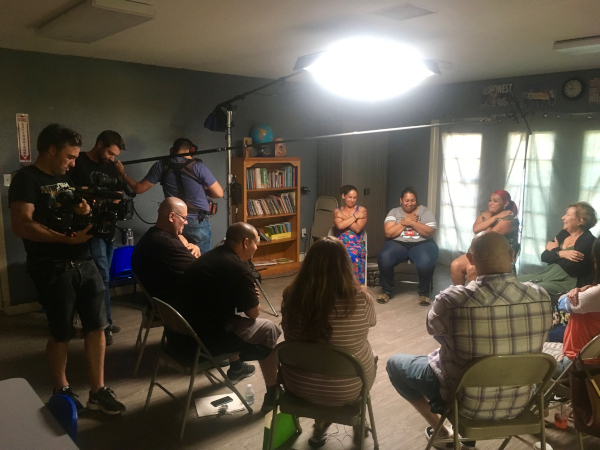
One significant but lesser-known fact about the child welfare system is that juvenile dependency cases are tried in a closed courtroom, unlike civil or criminal cases. This presented a major obstacle to gaining access. I sent in hundreds of requests to film hearings, but I was repeatedly denied. However, as the production neared its end, one judge granted me access to film a final court hearing for Rosa, one of the parents in Failure to Protect. We arrived with three cameras, eager to document the proceedings. But just before the hearing, the judge abruptly reversed his decision, denying me access. While I was upset in the moment, I realized the decision was emblematic of the system’s opacity. The judge justified his denial of access as being about “protecting children,” but in my experience, oppression often flourishes in the absence of scrutiny. I firmly believe that having journalists, documentarians and civil rights advocates in these courtrooms would lead to greater accountability and a more just system.
Over the three years it took to make Failure to Protect, I continually unearthed distressing inequities that further fueled my passion for the project. There’s a stark contrast between how the system is supposed to work and how it actually operates. One disconcerting revelation was that social workers can use hearsay as evidence to remove a child from their parent, but a parent cannot use it to defend themselves. This tilts the scales heavily against parents. As civil rights attorney Robert Powell underscores in the film, “When you allow hearsay into the courtroom, you bastardize it.” Another concerning aspect is a law within the child welfare system, referred to as “failure to protect,” which is where the film gets its name. This law states that if a parent fails to protect their child from abuse or neglect, the child can be removed from the home. However, this rule is remarkably vague. What if a parent didn’t know about the abuse? What if their child concealed it? This legal ambiguity provides social workers with significant leeway in taking children away from their families. Almost every parent I encountered had a “failure to protect” charge against them. (It’s akin to the charge of resisting arrest, a charge often used when there’s no concrete evidence.) When you examine the child welfare system, you can’t help but see parallels with the prison industrial complex, as attorney Vincent Davis highlights in the film: “If you’re Black, you’re more likely to end up in jail, and if you’re Black, you’re more likely to have a juvenile dependency case.” While African Americans make up only 13.4 percent of the U.S. population, a staggering 24 percent of them are entangled in the system, nearly double the national rate.
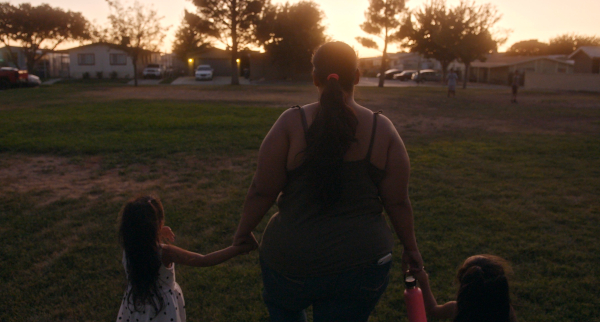
I firmly believe that the child welfare system remains an enigma to the general public, unless they’ve had direct contact with it. My goal in Failure to Protect was to offer viewers a more profound understanding of the system’s intricacies. I aimed to underscore that if you’re a parent whose children have been caught up in the system, you’re not necessarily a monstrous or terrible person. More often than not, you’re simply in need of resources and support, not the removal of your children. Unfortunately, the media’s coverage of the child welfare system often follows a similar narrative, portraying parents as villains who abuse their children, insinuating that social workers should have intervened sooner. While such cases exist, they represent only a small fraction of the system’s reality. The majority of those affected by the system come from low-income households and are people of color, who face substantial biases and prejudices. This film’s primary objective was to humanize these parents and enable the audience to see the system from their perspective. The system frequently passes judgment without extending genuine assistance.
Featured image shows Jeremy Pion-Berlin shooting Failure to Protect; all images courtesy Jeremy Pion-Berlin.



